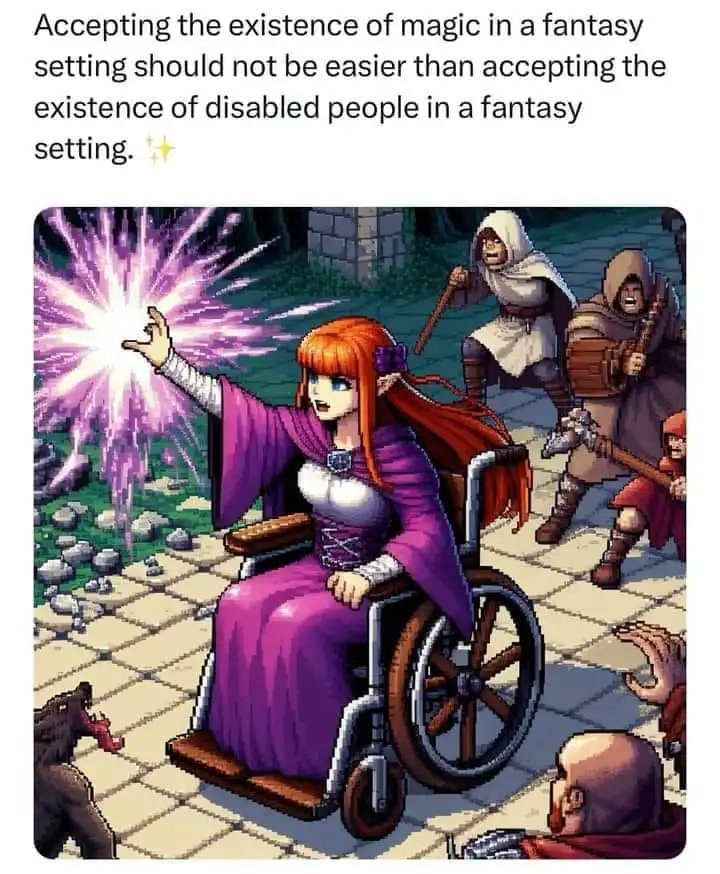On the 21st of March in 1965, on what was the third attempt by organizers to do so, voting rights activists successfully marched 54 miles from Selma, Alabama to the state capital Montgomery, arriving there with more than 25,000 people.
The marches were organized by civil rights activists to demonstrate the desire for black citizens to exercise their constitutional right to vote, in defiance of state repression. By highlighting racial injustice, they contributed to the passage of the Voting Rights Act that year, a landmark federal achievement of the civil rights movement.
The first attempt to make the march happened on March 7th, but failed due to police brutality. Police knocked marchers to the ground, beat them with nightsticks, and fired teargas. One marcher, a 14 year old girl, required 28 stitches in the back of her head. Although the assault ended the first attempt of protesters to march to Montgomery, it brought international attention to the protest.
After a federal court ruled that the march was legal, the third and successful attempt to march to Montgomery was made. By its end, 25,000 people marched to steps of the State Capitol Building in Montgomery. The protest was a watershed moment in the civil rights struggle, and, by the next year, 11,000 black people were successfully registered to vote in Selma.
Megathreads and spaces to hang out:
- 📀 Come listen to music and Watch movies with your fellow Hexbears nerd, in Cy.tube
- 💖 Come talk in the New Weekly Queer thread
- 🔥 Read and talk about a current topics in the News Megathread
- ⚔ Come talk in the New Weekly PoC thread
- ✨ Talk with fellow Trans comrades in the New Weekly Trans thread
reminders:
- 💚 You nerds can join specific comms to see posts about all sorts of topics
- 💙 Hexbear’s algorithm prioritizes comments over upbears
- 💜 Sorting by new you nerd
- 🌈 If you ever want to make your own megathread, you can reserve a spot here nerd
- 🐶 Join the unofficial Hexbear-adjacent Mastodon instance toots.matapacos.dog
Links To Resources (Aid and Theory):
Aid:
Theory:


So somebody on Twitter posted a diatribe about how it doesn’t make sense for disabled people to exist in Fantasy settings because magic, accompanied by this image of a wizard in a wheelchair in a classic D&D style dungeon:
Which has led to a lot of discourse. In one faction you’ve got what I’d charitably call the well-meaning-but-ultimately-confused pedants. I saw a Skallagrim take along these lines. Their position can be summed up as “well, if a real wheelchair-bound person went into a cave system that was full of men with swords who wanted to kill her LOGICALLY she would quickly be killed. Disabled people can exist in medieval fantasy settings, but it’s IMMERSION-BREAKING to make them frontline warrior types.” Then you’ve got well-meaning pedants arguing back “it’s fantasy, you could enchant the wheelchair, or replace it with a magical cat or something.” Both of them missing the forest for the trees when the real argument, set forth by the OP and their faction of fash eugenicists, is that disabled people shouldn’t exist.
Rather than arguing about the rules or expectations of any given game or setting, I think it’s a better point to say that art is metaphorical, that any deliberate inclusion or exclusion of disabled people is a choice made by the person or people telling that story. Fiction is not bound to what you think is and is not possible in the real world. I’m starting to view a preoccupation for what is and isn’t logical in a piece of fiction to be utter tedium. You don’t have to try and justify the presence of the wheelchair by saying it’s enchanted or that, actually, the disabled person is being carried by a clockwork machine, or saying “well, they can be a wizard or healer, but they can’t be in close combat.” It doesn’t matter. It’s not real. Even if it was literally impossible in the real world for someone to do these things, it doesn’t have to be in fiction.
Also, is a D&D Barbarian in a wheelchair any less ‘realistic’ or ‘immersion breaking’ than batman winning a 10v1 melee or Clint Eastwood outdrawing and gunning down a half-dozen gunfighters simultaneously?
Disabled people exist in real life therefore any setting without disabled people is unrealistic and immersion break.
Good opportunity to link this effortpost. The reason why people exclude disabled people from their setting is because they don’t care about disabled people